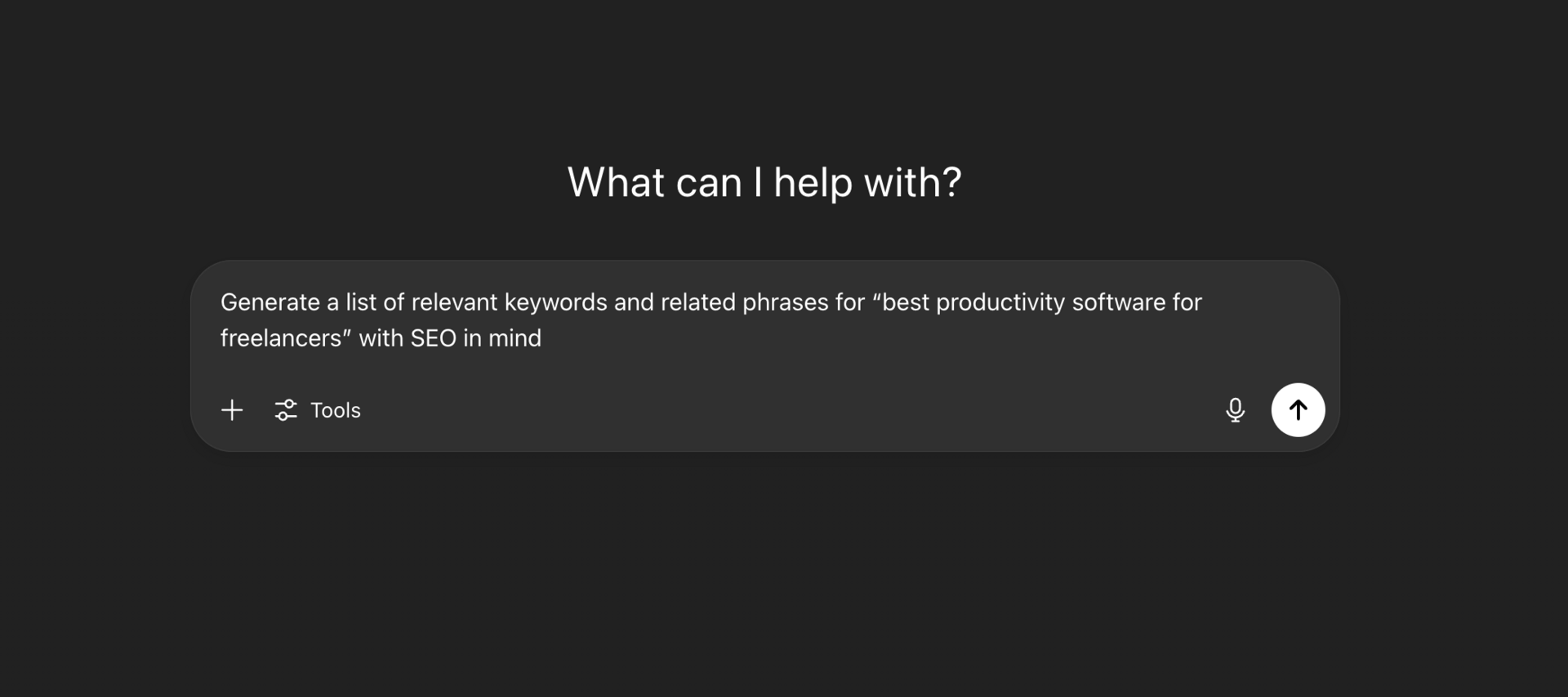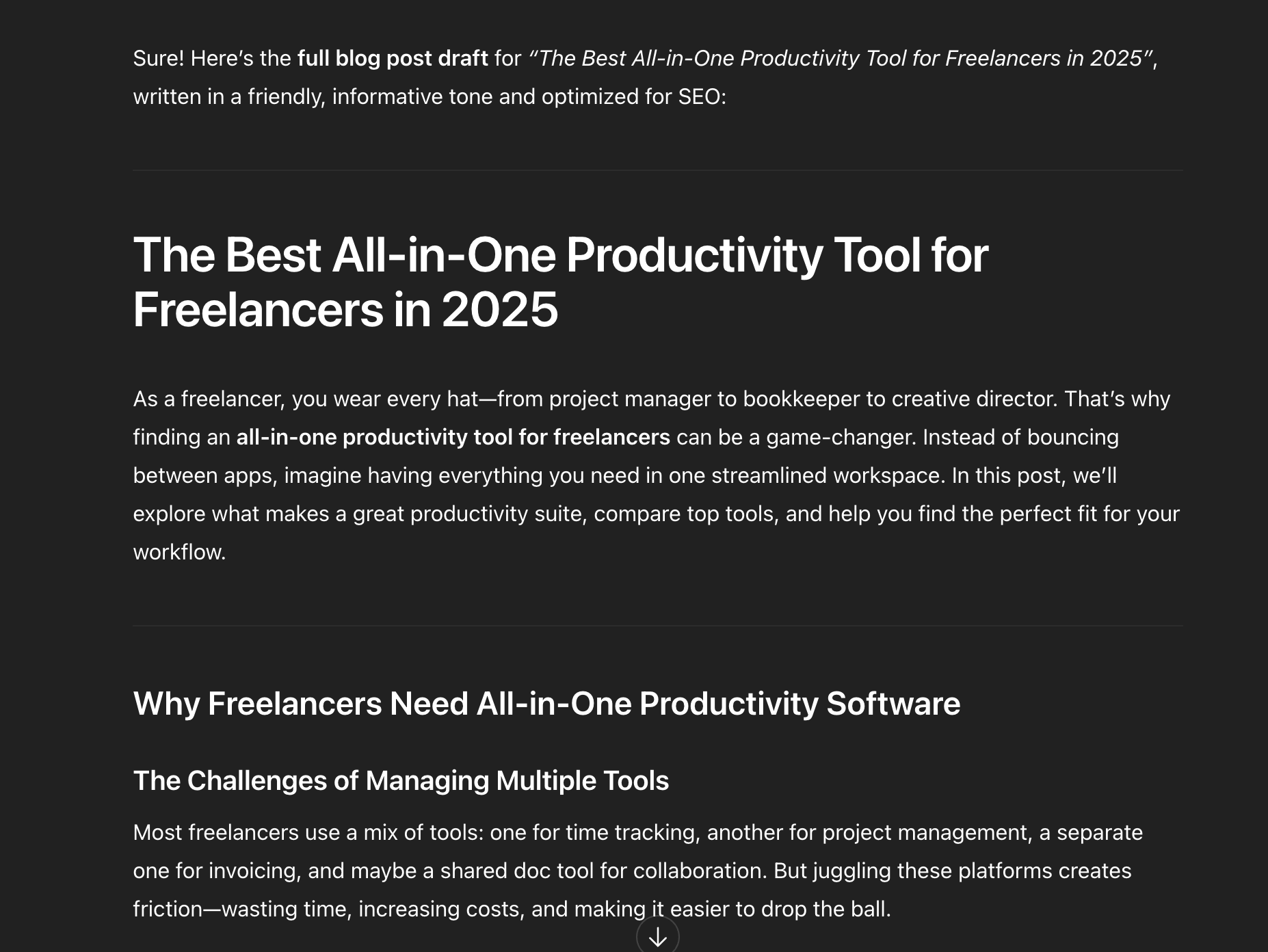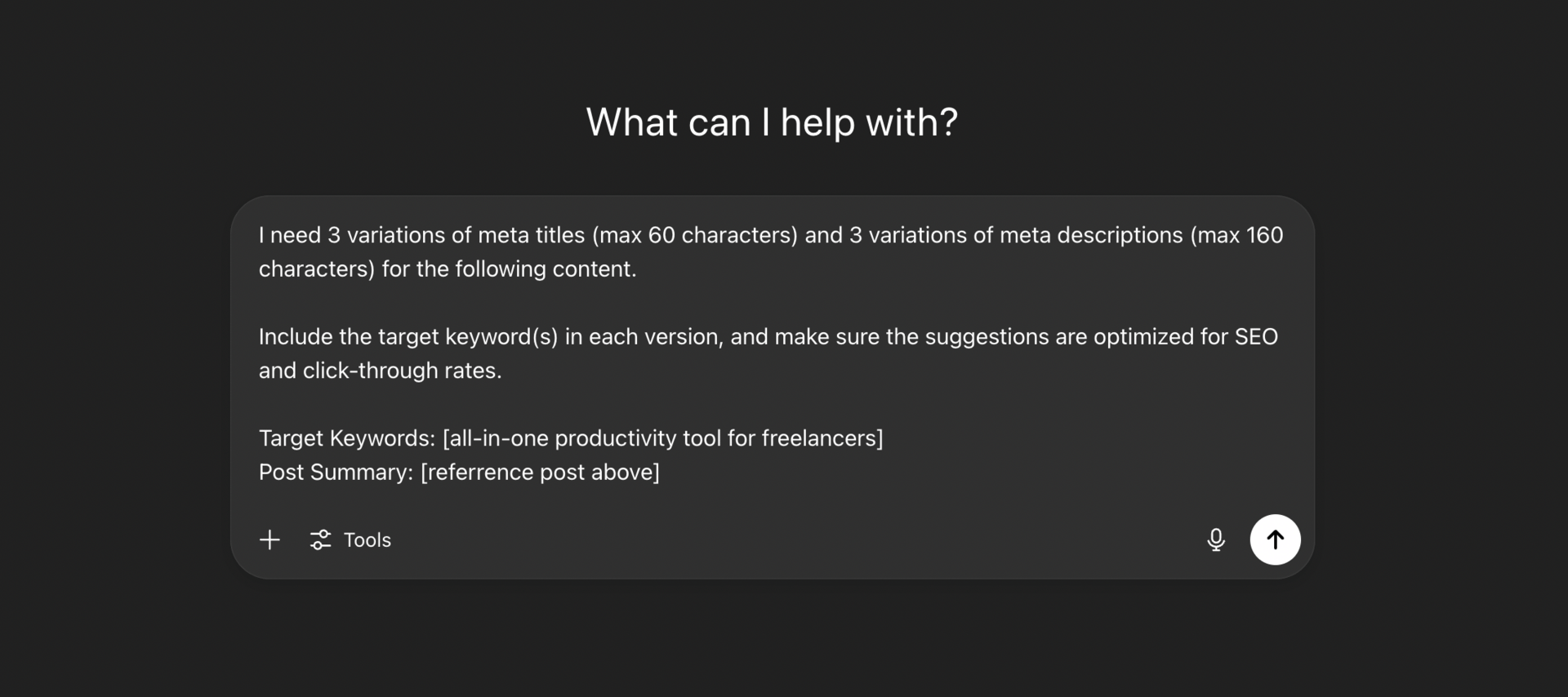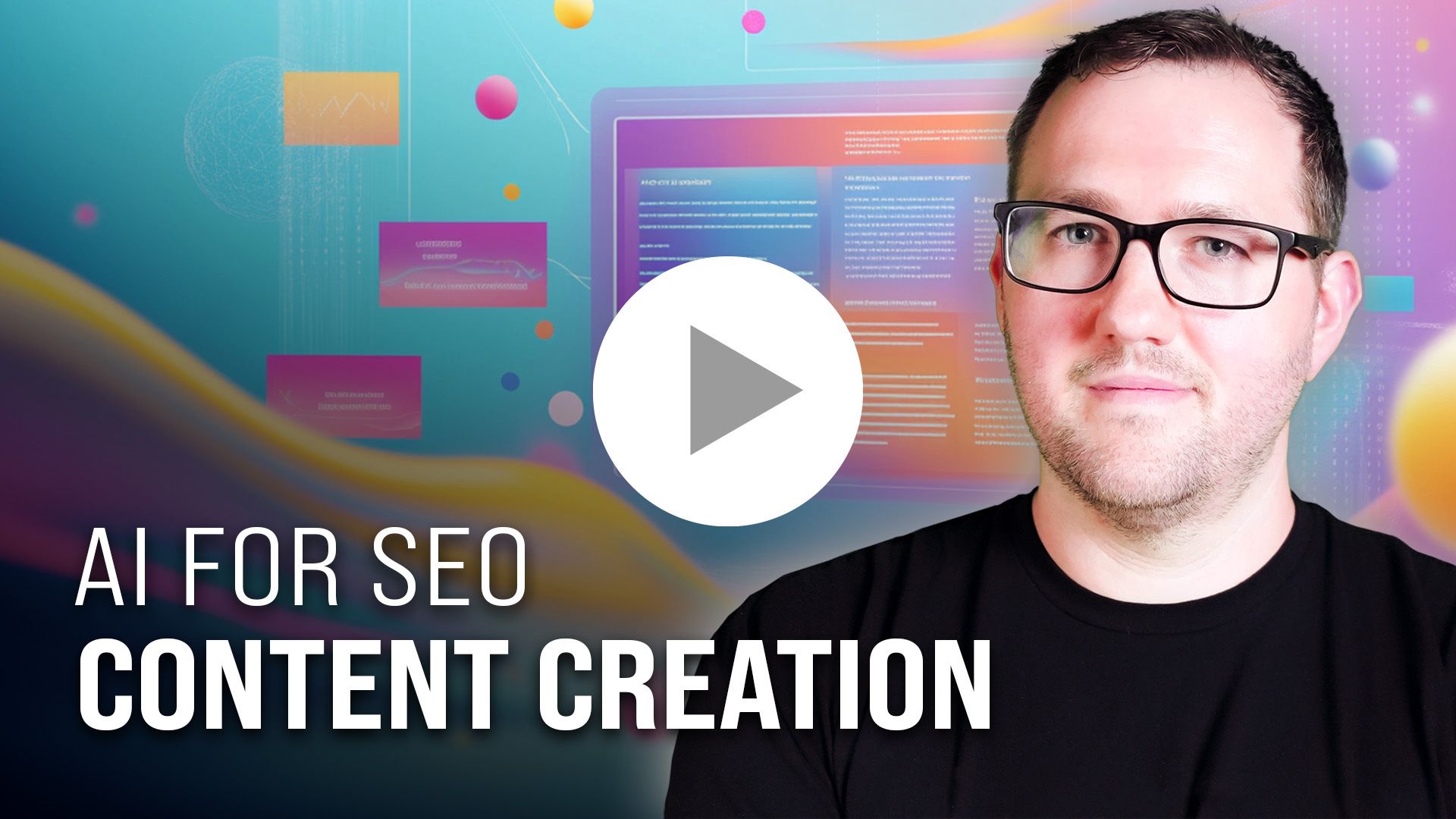- Futurepedia
- Posts
- Rank Higher With ChatGPT SEO Workflows
Rank Higher With ChatGPT SEO Workflows
Create blog posts, meta tags, and keyword plans faster with smart AI prompts
Creating SEO-friendly content that actually ranks isn’t just about stuffing keywords onto a page—you need structure, relevance, and readability. But as an entrepreneur, finding time to research keywords, draft optimized copy, and fine-tune meta tags can feel impossible.
What if you could use AI to handle the heavy lifting—saving hours, boosting your rankings, and letting you focus on growing your business? Here’s how one consultant uses ChatGPT to generate and optimize on-page SEO content, fast.
How a Solo Consultant Uses ChatGPT for On-Page SEO
A freelance marketing consultant, needing to quickly create SEO-optimized blog posts for multiple small business clients. Instead of juggling endless tabs and manual drafts, we emulated this journey and used ChatGPT to streamline keyword brainstorming, outline creation, and meta tag writing—all while keeping content engaging and on-brand.
Why ChatGPT Works for On-Page SEO
Generates keyword-rich outlines & headlines so you never start from scratch
Suggests semantically related & long-tail keywords for broader reach
Drafts readable, engaging copy tailored to your brand’s tone
Creates multiple meta tag variations for quick A/B testing
Identifies content gaps & optimization opportunities saving hours on audits
How We Did It: Step-by-Step SEO Content Creation with ChatGPT
Here’s exactly how we would use ChatGPT to create, optimize, and refine on-page content for business clients—cutting our workflow time in half, while improving SEO results.
1. Brainstorm & Classify Keywords
We start by asking ChatGPT to generate a list of relevant keywords and related phrases for his client’s topic (e.g., “best productivity software for freelancers”). Prompting ChatGPT to include long-tail variations and classify each by search intent—so we know what users are really after. This step sets a strong foundation for both targeting and content direction.

2. Outline the Article Structure
Next, we ask ChatGPT to build a content outline using those keywords. The prompt might be:
‘Create an outline for a blog post about [topic] using these keywords. Include H2 and H3 subheadings.’
The result? A ready-to-go structure with optimized headlines and logical flow—no blank page anxiety.
3. Draft SEO-Optimized Content
With the outline in place, we request ChatGPT to write each section in a specific tone (e.g., “friendly and informative”), making sure the AI integrates keywords naturally. We will review, edit, and add our own insights a snecessary—ensuring the final copy is accurate, original, and fits the client’s brand voice. This approach balances speed with quality.

💫 Level Up
FACT: roughly 67 % of businesses already use AI for content marketing and SEO—including outlines and blog generation
🔹 Level up your content game with AI for SEO Content Creation. Learn how to use ChatGPT to brainstorm keywords, write optimized copy, and improve rankings—without spending hours tweaking meta tags or second-guessing your strategy.
After this course, you will walk away with the skills to:
Use ChatGPT to generate SEO-friendly blog posts, headlines, and meta tags faster than ever
Build content plans from scratch with keyword research and intent in mind
Spot content gaps and optimization wins using smart AI prompts
Refresh old posts and repurpose them into social-ready content
Analyze competitors and find backlink opportunities with ease
Ready to rank higher without burning out? Let’s make SEO work for you.
4. Generate Meta Titles & Descriptions
For every post, we’ll have ChatGPT suggest several versions of meta titles and descriptions, each including target keywords and falling within character limits (under 60 for titles, under 160 for descriptions). We pick the best, tweak as needed, and paste them directly into our CMS—no separate tools required.

5. Optimize Existing Content
When optimizing older posts, we paste the text into ChatGPT and asks: “Analyze this article for SEO gaps and suggest improvements or additional subheadings.” The AI highlights missing keywords, suggests new sections, and even offers rephrased content to improve clarity and ranking potential.
6. Add Enhanced Features & Proofread
To boost engagement and snippet potential, we prompt ChatGPT to create a short FAQ or concise answer box. We also use the AI to check for passive voice, clunky sentences, or missing CTAs—polishing the content before publishing.
This workflow lets anyone deliver high-quality, SEO-focused content to clients in a fraction of the time, boosting both his productivity and their search rankings.
Other Use Cases
Using AI for on-page SEO isn’t just for consultants. This workflow can help you:
Ecommerce owners: Generate optimized product descriptions and meta tags for every SKU
Content marketers: Refresh old blog posts and identify new ranking opportunities
Agencies: Scale content production while maintaining quality across clients
Course creators: Build SEO-optimized lesson pages and FAQs
Local businesses: Write hyper-local service pages and answer common customer questions
 | Get your AI tool, agency, or service in front of 280k+ AI enthusiasts 🤝
|
💡Bonus Pro Tips
Prompt for Multiple Variations: Ask ChatGPT for several headline or meta description options—then mix, match, and refine for the best results
Use Specific Tone Instructions: Clearly state the desired tone or audience in your prompt (e.g., “Write for busy entrepreneurs in a friendly, direct voice”)
Fact-Check & Humanize: Always review AI output for accuracy and add personal insights—search engines (and readers) reward authenticity.
⏭️ What’s Next
This Thursday’s news? Straight from the AI trenches—tight, timely, and a little wild.
Next week? We’re tackling the boring stuff—turning remedial tasks into quick, high-impact wins with a little AI trickery.
Stay sharp.
How'd we do? |

